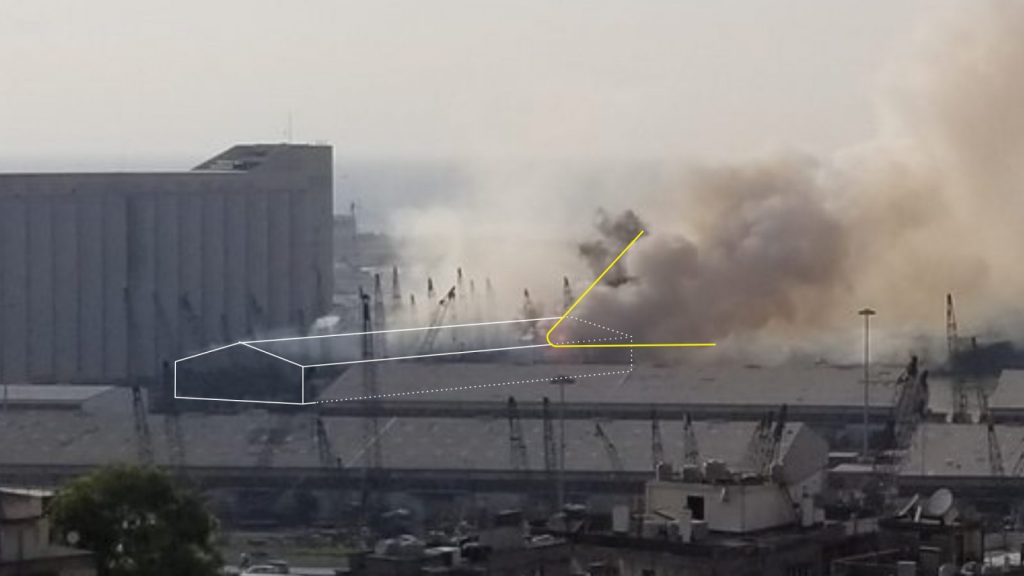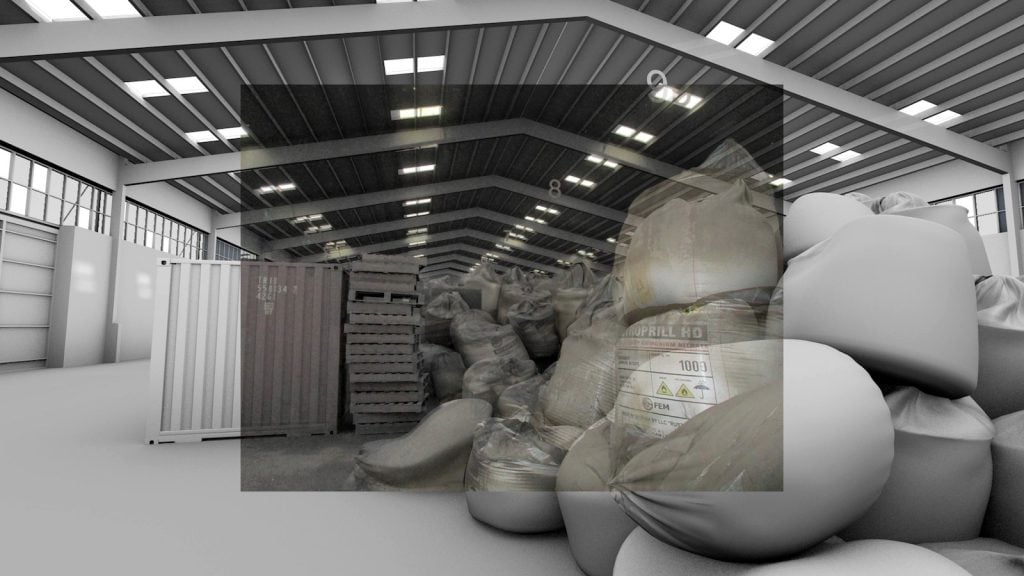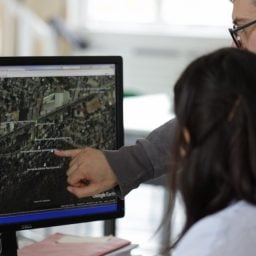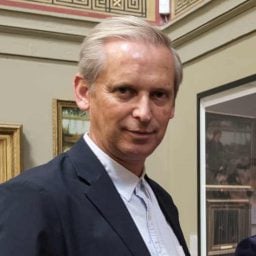When a massive explosion tore through Beirut on August 4, journalists at the Egyptian newspaper Mada Masr knew whom to call to get a proper investigation underway: Forensic Architecture.
More than 200 people died in the blast, which injured over 6,500, and leveled considerable parts of the Lebanese city of about 360,000. Nearly 3,000 tons of ammonium nitrate, seized from a vessel bound for Mozambique, had been stored in a government warehouse in the port near densely populated neighborhoods for years, despite warnings of the grave danger posed by the explosive material.
Investigations by the Lebanese military and government, as well as French and American governments, have been kept under wraps, and the Lebanese people are despairing that anyone will be held accountable, writes Mada Masr.
But now, after three months, Forensic Architecture’s investigation, headed by researcher Samaneh Moafi and featuring a compelling 15-minute video, has been made public. It uses photos and videos posted to social media, as well as leaked images from within the warehouse where the ammonium nitrate was stored, to reconstruct the moments after the blast and what the interior of the warehouse looked like prior.
“The search for truth is a collective effort,” Moafi told Artnet News by phone. “We have had a series of investigations, but the results have not been made public. Not only that, but even the families of the victims, the survivors, didn’t know what the findings were. But there has been a collective effort by the Lebanese across the world to piece together what actually happened.”

A still from Forensic Architecture’s video on the August explosion in Beirut. Courtesy Forensic Architecture.
Established in 2010 by Eyal Weizman, Forensic Architecture investigates human rights violations by governments, police forces, militaries, and corporations, and it uses physical models, 3D animations, and VR environments to make its cases. All the source materials, which tend to include everyday people’s photographs, videos, and first-person accounts, are available online.
The collective’s project “One Building, One Bomb,” undertaken with the New York Times and investigating a chemical attack by the Syrian government on its own people, won an Emmy, and its members have presented at the United Nations.
The group has also enjoyed a steadily rising art-world reputation, with a spot in documenta in 2017, a Turner Prize nomination in 2018, and a blissfully received project in the 2019 Whitney Biennial.
Moafi, like Weizman and other members of the collective, has an academic background in architecture, and she sees the project through that lens.
“It has a strong architectural angle, using spatial analysis,” she said. “I see this as an architectural resource.”
For Moafi, the project is not just about the people of Beirut in general: to some degree, it’s personal.
“I and many of our members have colleagues in Beirut and in Lebanon,” she said. “We all felt the urge to contribute.”










